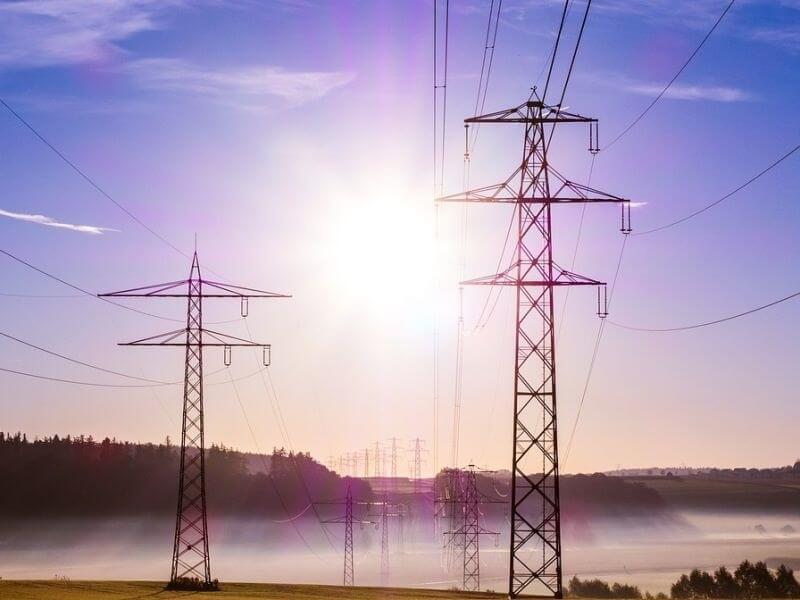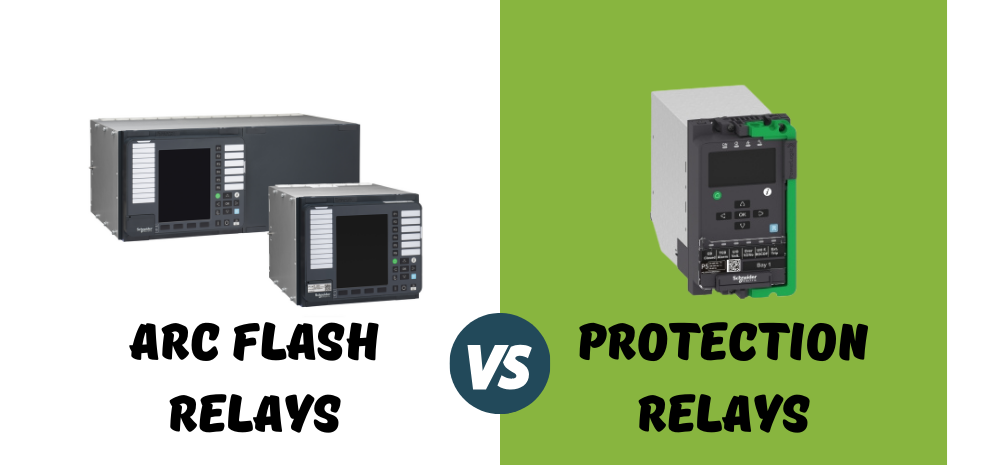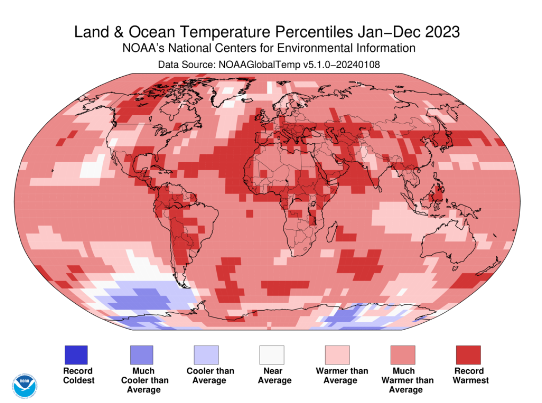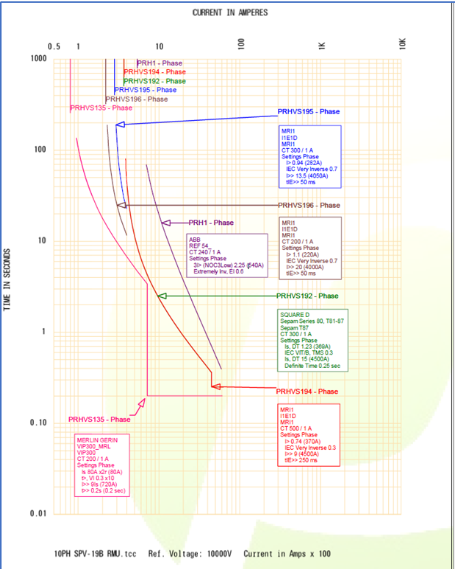The Irish revolution in solar energy has begun. Backed by carbon emission reduction policies at Government level and following the lead of Europe and Asia alike, Ireland is poised to join world leaders in introducing and increasing a solid and cost effective energy supply.
The notion that Ireland does not possess a solar resource capable of supporting a sustainable PV sector has been quashed in recent times. The European Photovoltaic Industry Association’s (EPIA) global outlook for PV in 2014 showed how Ireland’s solar resource is equivalent with that in the UK and parts of main land Europe. A report by KPMG into the solar market in Ireland found that €2billion in Gross Value Added (the industry level equivalent of GDP) and 7,300 jobs are to be supported by the industry by 2030.
Therefore solar resource should no longer be viewed as a barrier to PV development in Ireland. The real challenges the PV sector faces with regards sustainable growth lie with the approach taken by PV developers.
The rush to introduce and deliver on ambitious carbon reduction policies, has created, unwittingly, major major technical problems for the transmission/distribution system operators (TSO/DSO) in terms of availability, power system stability and power quality (PQ). As electrical engineering consultants, we are now working at industry level with our clients to tackle and prevent these issues and at policy level to create awareness of these unforeseen issues.
Some of the areas that must be considered as we move towards a solar energy future are:
- Feasibility studies
Feasibility studies that not only look at resource but focus on strategies that help improve conversion efficiencies, from energy production to final consumption, are essential to accomplish a successful and attractive PV sector. - Site Location
Power system transmission loss and voltage drop are major concerns for DSOs. The greater the distance generated power has to travel the greater the losses will be. Research identifies transmission and distribution network losses as the single largest use of electrical energy in any power systems. Therefore selecting a site close to where the load is consumed immediately improves system performance and contributes positively to the overall power demand of the network - Harmonic Distortion LevelsThere are also underlying factors that are often neglected, but are crucial to sustained PV development and growth. The DSO in Ireland, through industry standards such as EN50160, must ensure that Voltage Total Harmonic Distortion levels (VTHD) do not exceed 8% for 95% of the time. Through the Irish distribution codes, the DNO has designated an upper limit of 2% VTHD on harmonic emissions for all connected generators. The attention given to non-linear PV inverters in this paper relates to the technical issues that can arise where multiple sources of harmonic distortion are connected to any given the power system.
Harmonics, relating to solar PV and as a power quality concern for power networks are of particular interest by virtue of how they generate electricity, utilise non-linear high frequency switching devices (inverters) to derive AC power, which is required for synchronisation with electricity grids.
The research demonstrated how connecting an accumulative non-linear load (inverter) in parallel to a common electrical bus systematically caused the harmonic distortion levels to rise. Additionally simulations using 50 meter and 1 KM cable runs found cable capacitance to be a problem. The 1KM cable run amplified the calculated VTHD levels (4.5%) by 200%, which resulted in a VTHD of 9% at the 20kV point of common coupling (point where energy is exported to the local grid.
A recent whitepaper produced by Premium Power entitled The Importance of Grid Studies for Grid Connected PV Studies in Ireland put forward research that proves PV inverters generate current disproportional to the supply voltage.
High levels of voltage harmonic distortion on the Irish distribution network will lead to PV system curtailments. Such action is unavoidable if compliance with the EN50160 standard cannot be achieved, which will ultimately lead to the failure of critical network components. These failures include the overheating of transformers, overloading of neutral conductors, nuisance tripping of circuit breakers, over-stressing of power factor correction capacitors, overheating of windings in induction motors and likely damage to converters, telecommunications and other electronic equipment.
In the whitepaper we highlight one example where a passive harmonic filtering solution, connected in parallel with non-linear PV inverters, reduced the overall VTHD from 9% to below 2%
These problems can be tackled at design and build stage. The time to action these future proofing methods is now.
To find out more about our work and research in this industry, to request our white paper on this topic or to organise a consultation for your own renewable project contact Premium Power on +353 (0)1 810 5032 or email ncassidy@premium-power.com. Our website www.premium-power.com outlines some of our work in the renewable sector.
Andrew Hogan is Electrical Project Lead Engineer at Premium Power, an electrical power consultancy delivering and designing resilient systems. He has worked as an arc flash consultant with world leading manufacturing and pharmaceutical companies in Ireland, the UK, South America and Europe. Visit www.premium-power.com for more or follow us on Twitter @premium_power













